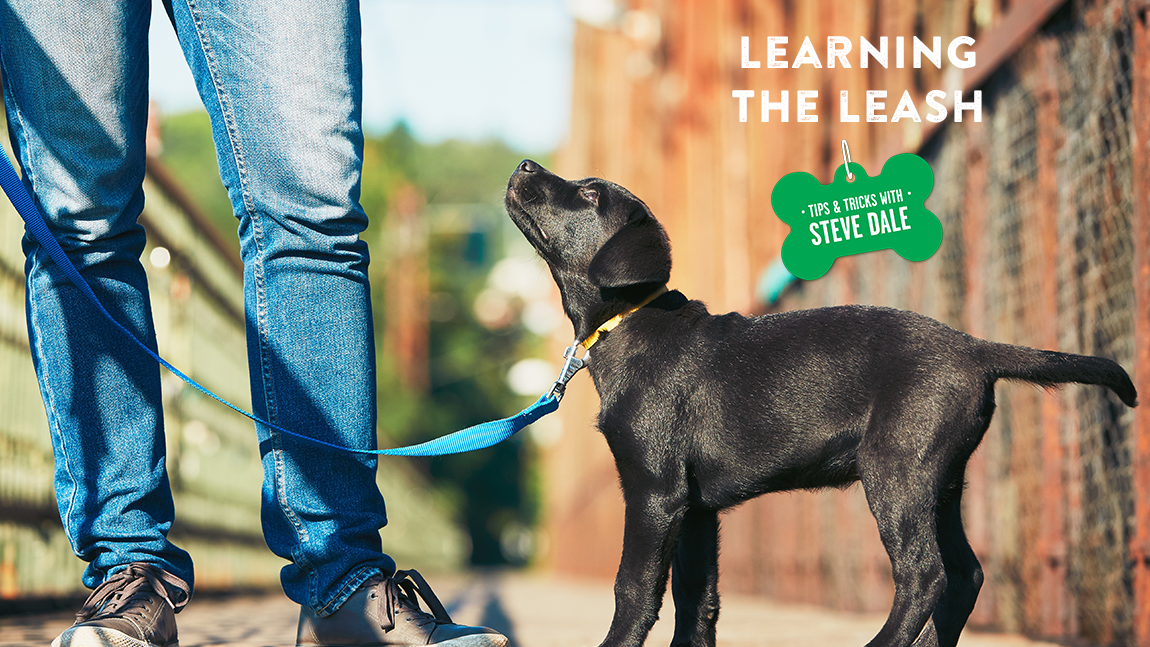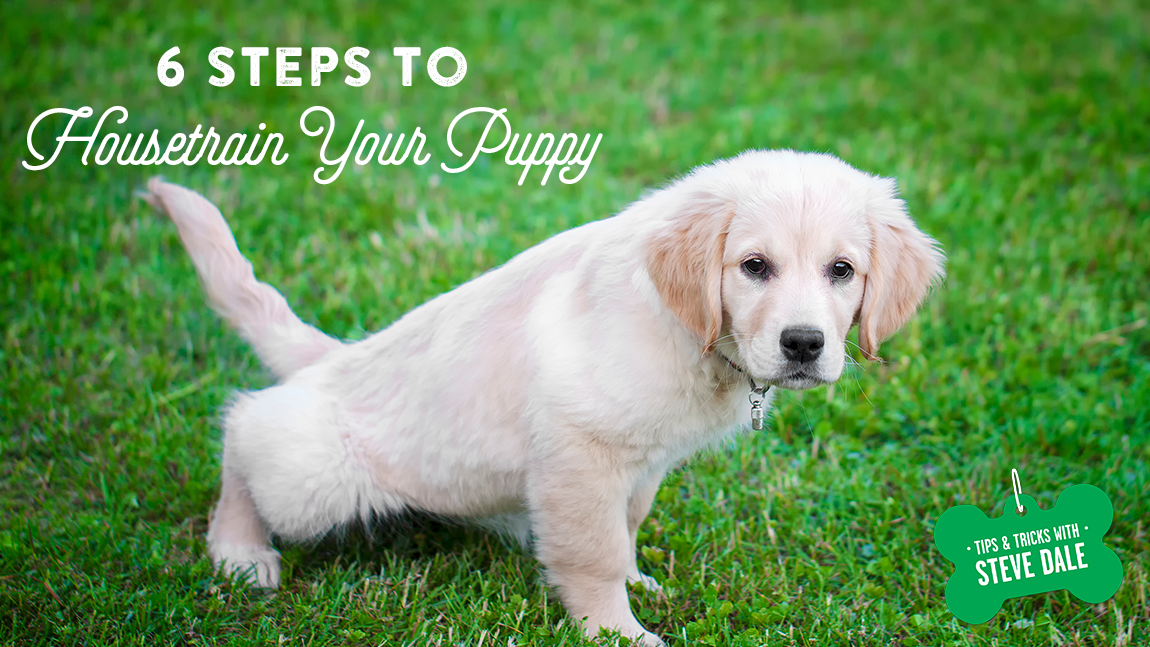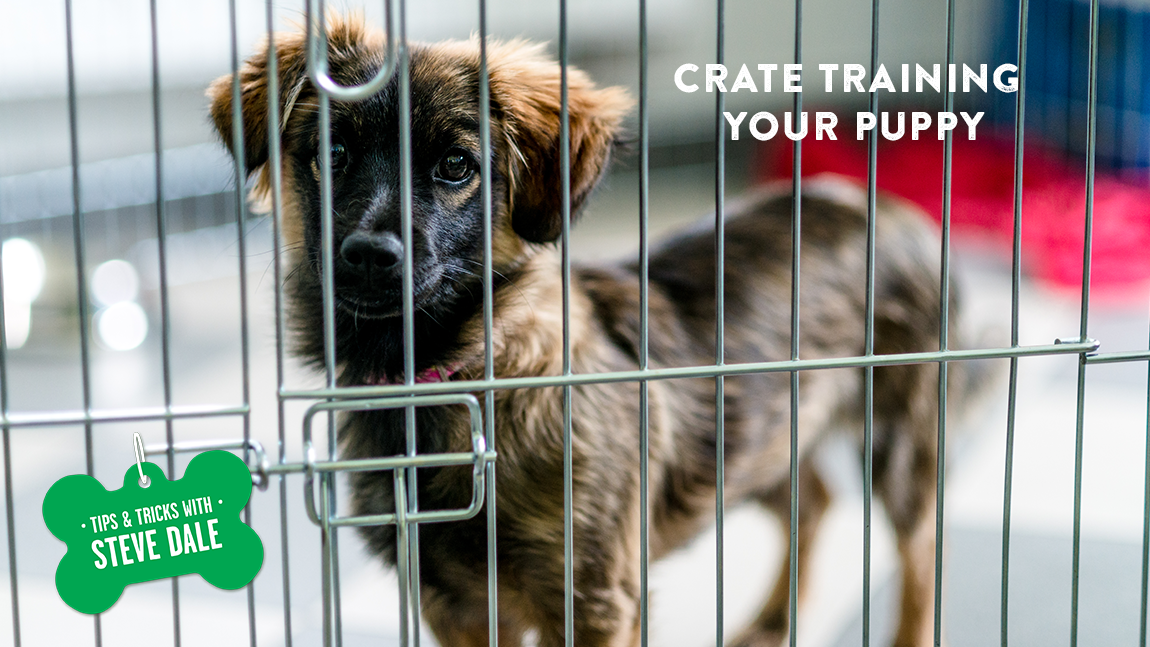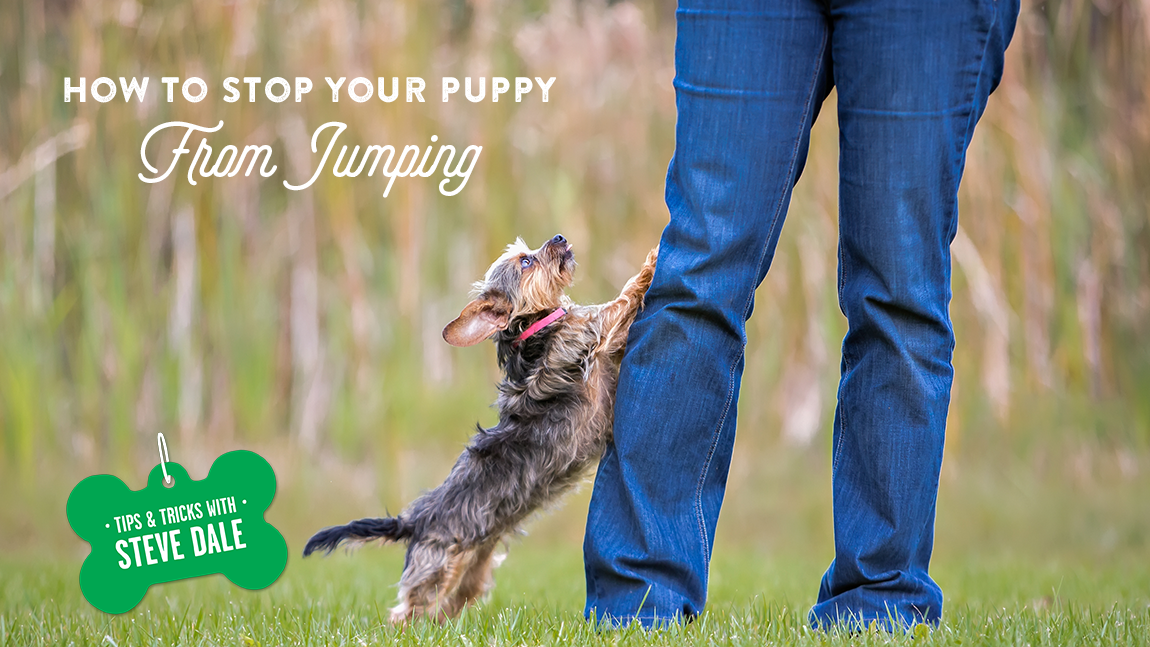By Steve Dale
When it comes to walking on a leash, you need to begin with baby steps – literally.
“Puppies are not born understanding how to walk on a leash,” says dog trainer Rendy Schuchat.
If you want to succeed, the key, she says, is to set your puppy up for success. Setting small goals for yourself may be the best way to do so.
At first, don’t worry about teaching your dog to walk in one place with precision by your side. That’s an unrealistic expectation.
Schuchat says, “Everyone wants their puppy to go for exercise walks. But remember, initially your puppy is learning what it’s like to be outside, and learning about all the sights, smells, and sounds of the world. And that positive exposure is a good thing.”
When teaching your puppy to walk on leash, you first need to get her acclimated to walking on the leash and harness of your choice. That choice of equipment is important, according to Schuchat.
“Remember, puppies are learning; we want them to learn in the most positive way, and [make sure] not to hurt them or [your] relationship,” says Schuchat. “There’s never a reason to use a chain link or choke collar, prong collar (cartoon dog looking collar), or electronic collar (punishing a dog with a jolt) on a puppy, or for that matter, any dog.”
If our dogs are our best friends, why would we want to hurt them? Veterinary behaviorist Dr. Theresa DePorter agrees and adds, “Not only is there a welfare issue with aversive training, you’re not communicating what you do want to your dog to do.”
For that, you should use praise in conjunction with tempting treats, like Vita Bone® Trainers, or toys to lead your puppy down the street.
It’s important to understand that little puppies have little attention spans, and it’s perfectly normal for a pup to pay attention to you until a leaf blows by or there’s an interesting smell. Schuchat says to begin by walking only a few steps with the pup by your side, luring the dog with that special training treat. Then, allow the dog to wander and sniff on-leash as you walk. Gradually increase the amount of time you expect your pup to walk at your side.
“It’s all about rewarding your dog for what she does right,” says DePorter. “And also to have realistic expectations.”



